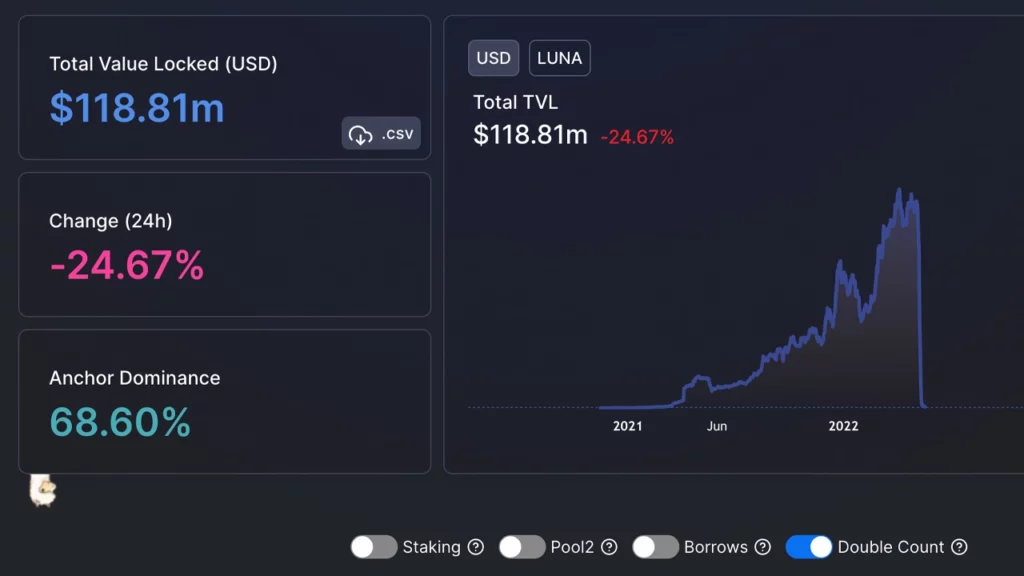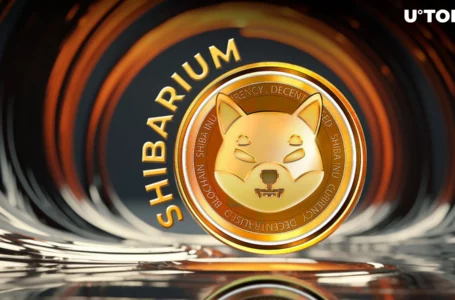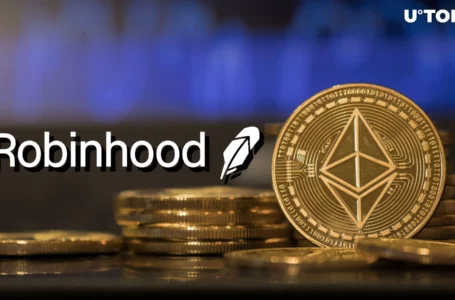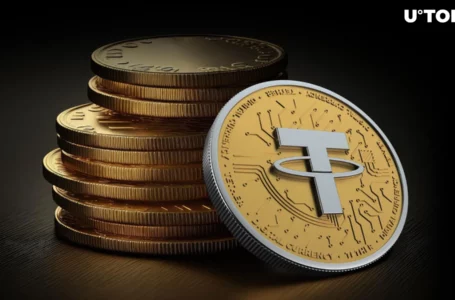
Following the Terra blockchain fallout and the great UST de-pegging event, the Terra network ecosystem is now a wasteland of almost worthless tokens and protocols. While both UST and LUNA were top ten crypto market cap contenders, Terra’s decentralized finance (defi) presence was second to Ethereum in terms of total value locked. Today, the remaining Terra-based token holders and defi protocol operators seem to be waiting for a miracle.
Terra’s token economy has lost 96% of its value
There has been an abundance of news regarding the Terra blockchain fiasco and how the team handled the terrausd (UST) implosion. Many people know that the LUNA native token of UST and Terra has lost considerable value over the past two weeks. UST had a 24-hour price range of between $0.068 and $0.054 per unit, which is well below the $1 parity it held before the fallout.
LUNA too is down a great deal as it was trading for $72 per coin on May 7, and is now down 99.999849% at $0.00010853 per LUNA. But Terra also had a whole ecosystem of tokens like ANC, MIR, ASTRO, MARS, and more.

Anchor (ANC), the defi protocol’s governance token is down 96% in the past two weeks, and Astroport’s ASTRO token is down 98%. Mirror Protocol’s MIR lost 80.4% while Pylon Protocol’s MINE lost 96.9% in the last 14 days.
Similarly, Mars Protocol (MARS) has lost 97.6% and the Loop Finance token LOOP is down 98.3% over the past two weeks. Statistics show on March 7, 2022, the Terra ecosystem of tokens was worth $44 billion and today its down 96.70% to $1.45 billion.

From Defi’s 2nd largest to 33rd – Terra’s Defi presence eradicated
Terra’s presence in decentralized finance was once huge as it held the second largest total value locked (TVL) of any blockchain in existence. On April 5, 2022, Terra’s TVL in challenge was $31.21 billion and today it has dropped to $118.81 million.
Every single Terra defi protocol has suffered from 90-99% losses in terms of TVL per protocol. The applications are ghost towns and block explorers like finder.terra.money show extremely low activity for every Terra defi protocol.

The same goes for apps like Terra Name Service (TNS) and non-fungible token (NFT) marketplaces like Random Earth, Knowhere, Talis, Luart, Curio, and One Planet. While name service domains on TNS once cost $16 per name, they now cost $0.91 to register a name.
As far as NFT marketplaces built on Terra, some markets are still selling NFTs that were once quite expensive, but now the tokens are selling for bottom-of-the-barrel prices. Some NFT collectors removed their listings and are possibly waiting for a Terra re-birth. Most Terra NFT marketplaces are ghost towns in terms of activity.
Hope for Terra’s Rebirth
A revival is likely the hope of many in the Terra community, as project founder Do Kwon and many other Terra supporters have laid out a revival plan to raise Terra from its ashes. The plan is to fork the chain at a snapshot before the UST unpeg event and deposit new tokens to UST and LUNA holders.

Presently, the rebirth proposal vote has four more days but the number of “yes” votes has passed the threshold at 62%. 21.10% have abstained from voting, 0.42% have voted “no,” and 16.48% voted “no with veto.”


















